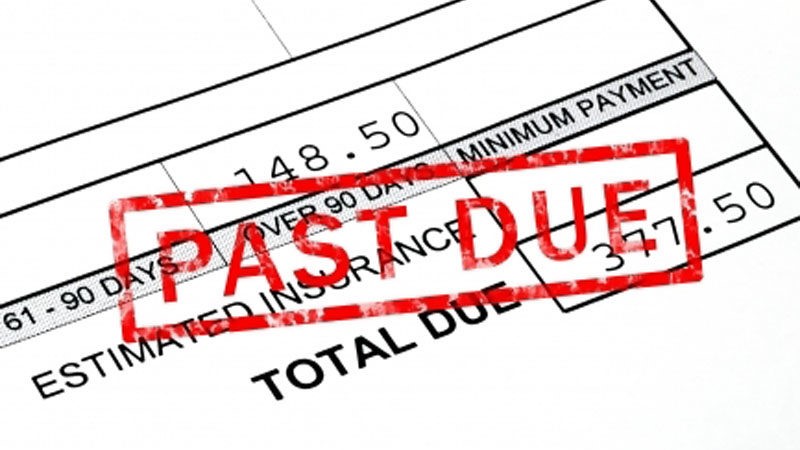
When is a company classed as insolvent?
Sometimes company directors just aren’t aware that their company is insolvent and because of this they could be guilty of wrongful trading.
The excerpt from Wikipedia explains why:
“A limited company becomes insolvent when it can no longer pay its bills when due, or its liabilities—including contingent liabilities such as redundancy payments—outweigh the company’s assets.
This is a critical point in the lifespan of a company as it denotes when the directors responsibilities change from the shareholders to the creditors.
It also means that the directors need to be extremely careful when considering whether to continue to trade, or not.
Any director who knows that the company is insolvent and makes the decision to continue to trade, and in doing so increases the debts of the company can be made liable for the company debts.”
How to tell if your company is Insolvent
It is very important to know if your company is solvent or insolvent. A solvent company is still able to pay all its liabilities when they fall due whilst not having any threats or legal action from creditors. Whereas, a company that is insolvent may have cash flow difficulties, more liabilities than assets or be facing creditor pressure.
The simple guidelines below should help you determine if your business is insolvent:
- The cash-flow test
- Is your company unable to pay its debts as and when they fall due for payment? If so, then your company is insolvent.
- The balance sheet test
- Does your company owe more than it owns, or are the company’s assets exceeded by its liabilities? If yes, then your company is insolvent.
- The legal action test
- If a creditor (someone the company owes money to) has obtained a County Court Judgement, even if the debt was disputed, this is deemed to demonstrate your company’s insolvency.
Next steps
Unfortunately if you answered YES to any of the above simple tests, the business is highly likely to be insolvent or headed toward insolvency.
The first thing you need to do is stop increasing the amount of debt you are building and act in a way that won’t harm your creditors; this generally means that the company needs to stop trading.
You will also need to get advice as soon as possible!
You can find out more about what you need to do by reading our blog post ‘Dealing with Small Business Insolvency‘
Alternatively, you can call us on 0800 975 0380 and we’ll be happy to offer some free, no-obligation advice.
Related Articles
We're here for you.
As a dedicated team of Advisers and Consultants our aim is to help you fix the issues and solve the problems within your business.
Find out more →


